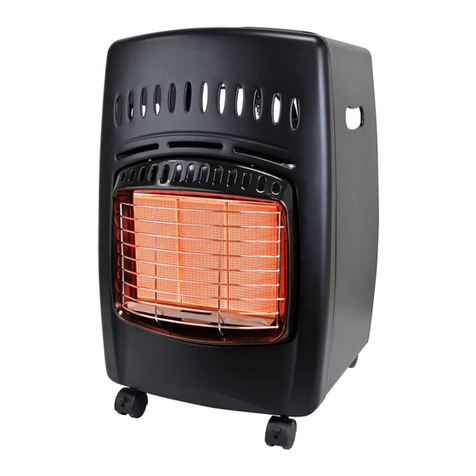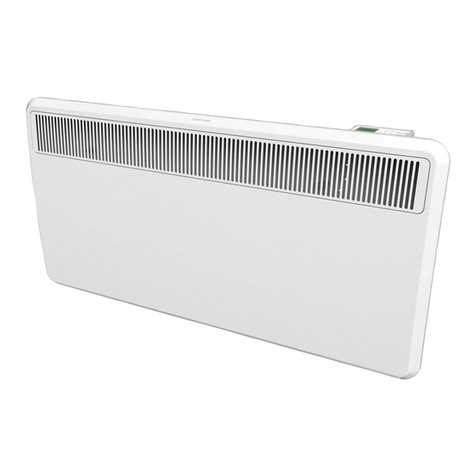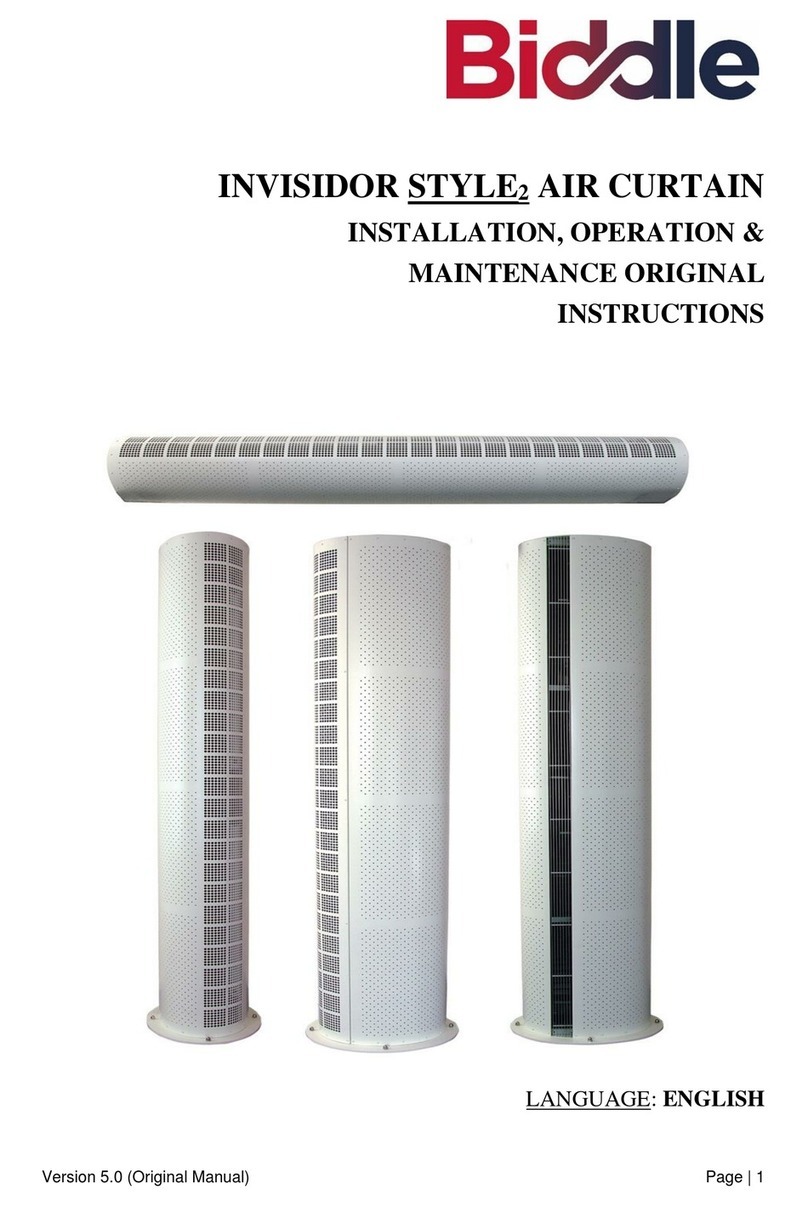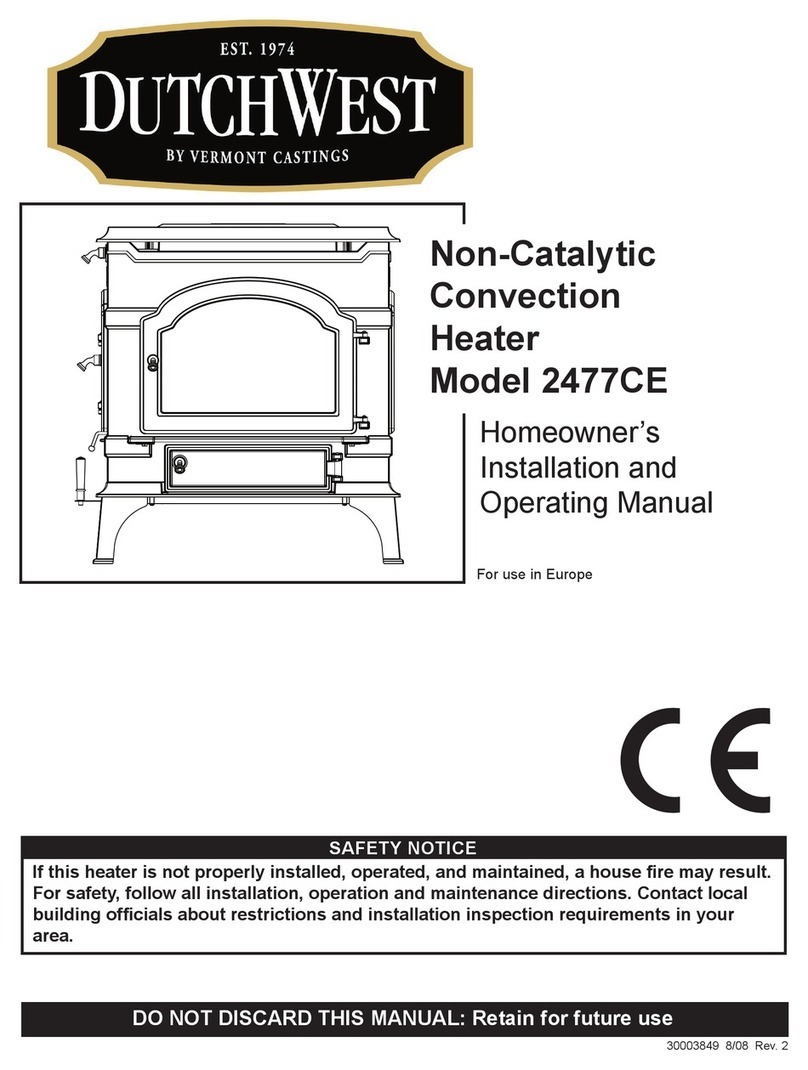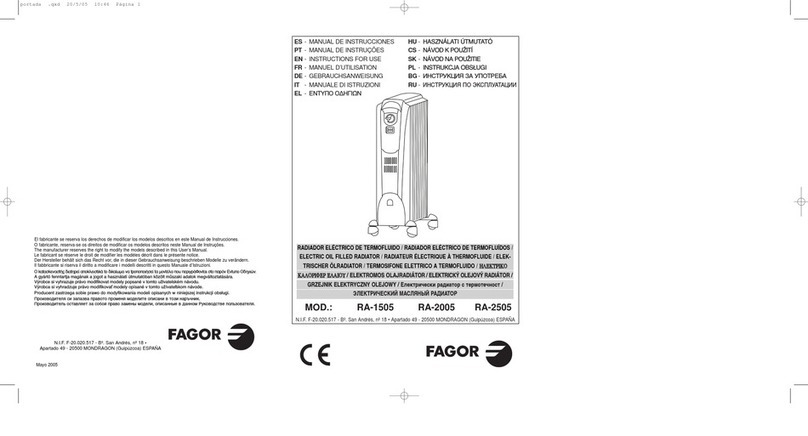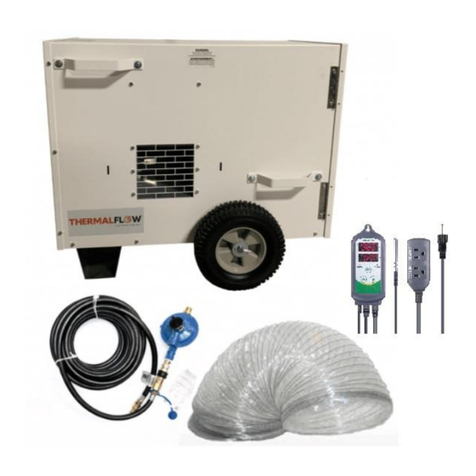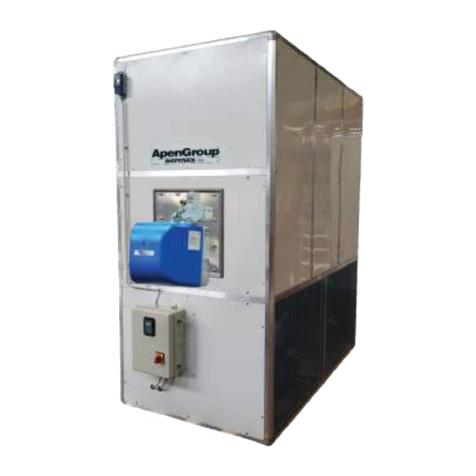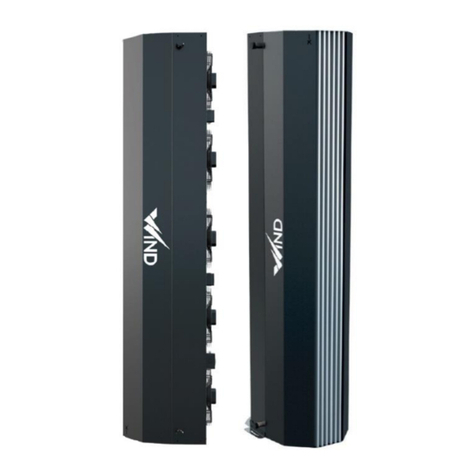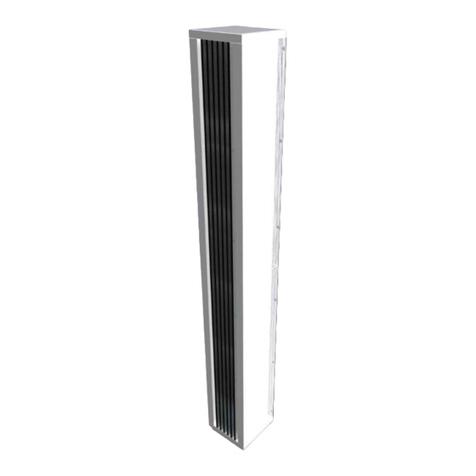
2
CONTENT
1. General information ........................................................................................................................................................................ 4
1.1. Introduction .................................................................................................................................................................... 4
1.2. Use of the unit ................................................................................................................................................................. 4
1.3. Transport, inspection of delivery and storage .................................................................................................................. 4
1.4. Contents of the package .................................................................................................................................................. 5
1.5. Before start of installation ............................................................................................................................................... 5
2. Technical parameters ....................................................................................................................................................................... 5
2.1. WIND air curtain design ................................................................................................................................................... 5
2.1.1. AXIAL EC FANS ................................................................................................................................................................... 5
2.1.2. WATER EXCHANGER .......................................................................................................................................................... 5
2.1.3. CURTAIN CASING ............................................................................................................................................................... 5
2.1.4. EXHAUST LAMELLAS .......................................................................................................................................................... 5
2.2. Main dimensions and requirements for the minimum working space for the WIND curtain ........................................... 6
2.3. Technical data ................................................................................................................................................................. 7
2.4. Technical data of water heaters ...................................................................................................................................... 7
3. Installation – installation of air curtains in the working position .................................................................................................. 8
3.1. General information, recommendations and safety during installation of the Wind air curtain ...................................... 8
3.1.1. Electrical safety when installing the curtain ..................................................................................................................... 8
3.1.2. Modification of existing heating distribution systems ..................................................................................................... 8
3.1.3. Load bearing capacity of the assembly site ...................................................................................................................... 8
3.1.4. Minimum assembly distances ........................................................................................................................................... 8
3.1.5. Minimum safety distance from flammable substances ................................................................................................... 9
3.1.6. Operation environment of the curtain ............................................................................................................................. 9
3.1.7. Levelling of the curtain ...................................................................................................................................................... 9
3.2. Ceiling installations.......................................................................................................................................................... 9
3.2.1. Positioning the curtain in the working position ............................................................................................................... 9
3.2.2. Fixing the curtain to the floor ........................................................................................................................................... 9
3.3. Vertical installation - curtain chaining ........................................................................................................................... 10
3.3.1. Chained curtain mounting .............................................................................................................................................. 10
3.3.2. Side anchoring of the chained assembly ........................................................................................................................ 11
3.3.3. Maximum height of chained curtains ............................................................................................................................. 11
3.4. Vertical installation – increased barrier effect ............................................................................................................... 12
3.5. Horizontal installation ................................................................................................................................................... 12
3.5.1. Preparation for the curtain suspension .......................................................................................................................... 12
3.5.2. Determination of the installation site ............................................................................................................................ 13
3.5.3. Auxiliary anchoring structures ........................................................................................................................................ 13
3.5.4. Correct installation in horizontal position ...................................................................................................................... 13
3.5.4.1. Examples of Curtain Suspension – Horizontal Installation............................................................................................. 14
3.5.5. Measurement of anchoring holes ................................................................................................................................... 14
3.5.6. Installation of the auxiliary anchoring structure ............................................................................................................ 14
3.5.7. Installation – hanging the curtain into the working position ........................................................................................ 14

